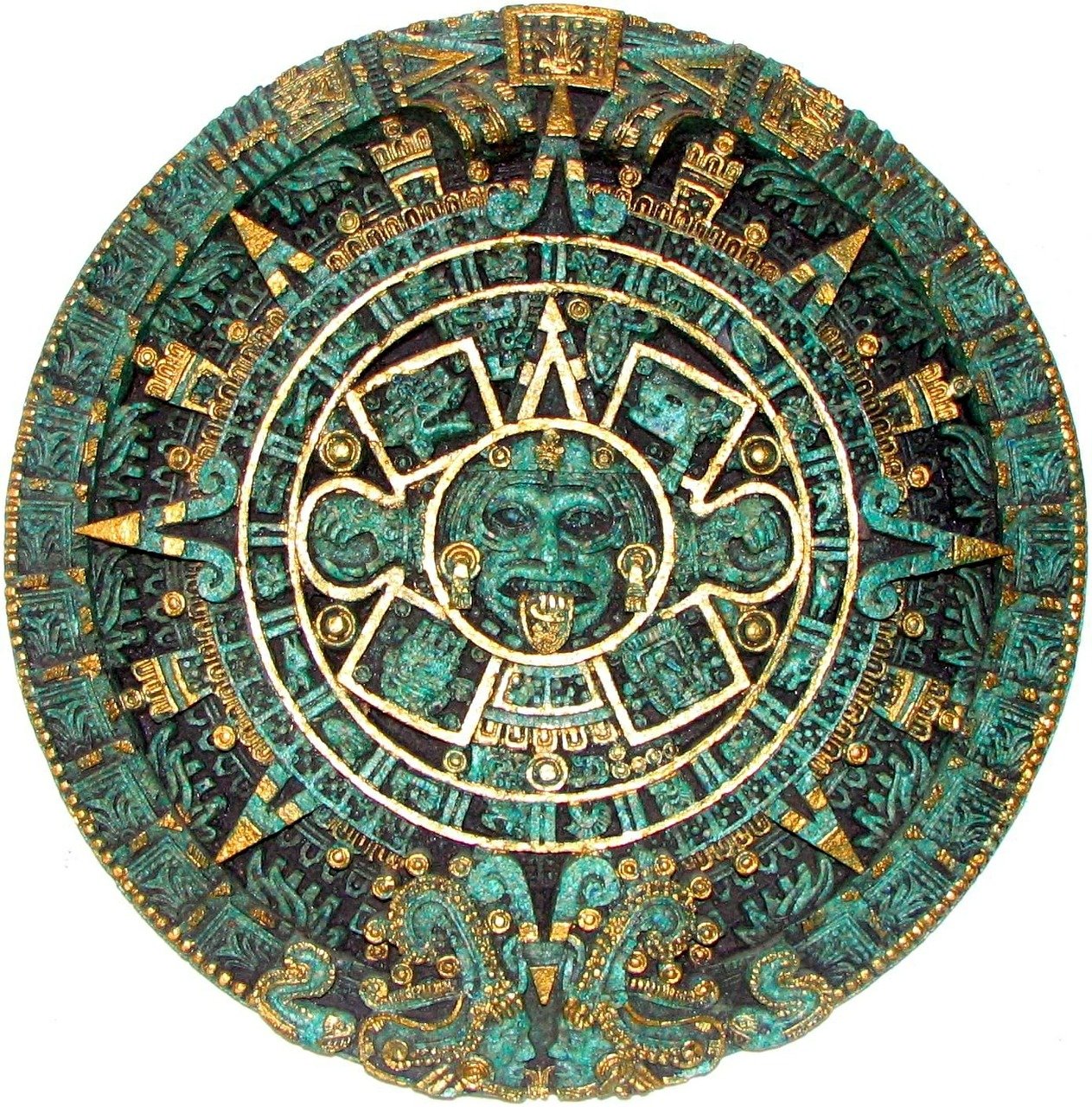A brief history of calendars
A brief history of calendars, and how they were shaped by political and religious history throughout the centuries.

The first calendars were based on natural cycles: the day, and the year. The month was introduced pretty early, based on the cycles of the moon. This lead to "lunisolar" calendars, where a specific date is defined by the phase of the moon and the position of the sun in the sky.
A lunar month is 29.5 days, so with a lunisolar calendar, assuming you alternate between 29 and 30 days months, you loose 11 days a year. So if you want to keep the same number of months in each year, after 3 years you must add an extra month. This was handled in different ways by different civilisations.
Ancient Greece

The ancient greeks had lunisolar calendars, i.e. calendars based on lunar months, alternating 29 and 30 days in each month. The missing days were added at the end of the year.
Greece was far from being united at the time, and every city-state wanted to impose its own 12-month calendar. Each month had a different name in every city, and when they had the same name they were not at the same time. Each city started the year at a different time (solstice for Athens, equinox for Sparta, even 1st of January for some cities). The years were named after a specific magistrate in the city.
This was a mess, especially when you wanted to date international events at the time, you had to make multiple references to events and magistrates, in all the cities that were your potential audience. Here is an example of Thucydides dating the beginning of the war between Sparta and Athens:
in the forty-eighth year of the priestess-ship of Chrysis at Argos, in the ephorate of Aenesias at Sparta, in the last month but two of the archonship of Pythodorus at Athens, and six months after the battle of Potidæa, just at the beginning of spring, a Theban force [...]
All the calendars started to get synchronised during the hellenistic period, after the death of Alexander the Great. The count of the years was now based on who was on the throne.
The Roman Empire and the Julian Calendar

Until Julius Caesar, Rome was using its own lunisolar calendar. Each year had 12 months, alternating between 29 and 30 days, and each 3-4 years an intercalary month (Mensis Intercalaris) with 27 or 28 days was inserted between February and March. This insertion was not automatic, it was decided by the head of the religious authority, the Pontifex Maximus.
Ceasar being Ceasar, he was Pontifex Maximus. For unknown reasons, he did not add the intercalary month for a couple of cycles. So the entire calendar was off, by several months. After visiting Egypt and meeting astronomers there, he decided to reform the calendar to avoid this situation.
First he had to correct the offset of the calendar. So one year (46 B.C. if we use our own calendar), he added 23 days at the end of February, and 2 months (67 days) between November and December. This was drastic, even at the time. Imagine the Queen of England deciding that the year is now 445 days long.
The next year, he enacted his reform*, leading to the Julian calendar: months were now 30 and 31 days (instead of 29 and 30), and February was 28 days. Each 4 years one day is added to the month of February. The intercalary day was not the 29th of February, simply a second 6th of February, which is why we say "bisextile" in French.
* This is not totally accurate, Ceasar was killed the next year, and for a couple of cycles the priests only added a day every 3 years, and Augustus was forced to block the leap year system to remove, once again, the offset
The christian calendar
At the beginning, the christian calendar was exactly the same as the Julian calendar. The first christians lived in the roman empire, and after the conversion of Constantine to christianity there was no reason to invent a new calendar. Years were counted based on who was emperor, until the VIth century.

Christians started counting years from the birth of Jesus Christ, the incarnation, in the VIth century A.D., following some calculations by Dionysius Exiguus, a monk living in modern-day Romania. He estimated that the birth of Jesus occurred 754 years after the foundation of Rome, and this year became gradually accepted as the "Anno Domini", the starting point of the christian era. That's why we write "A.D." when dating our modern events.
The Julian calendar was kept in the christian world, but there was an issue. One solar year does not last 365.25 days but 365.2422. You can do the math, but this creates an offset after several years.
Having realized that, Pope Gregory XIII decided in 1582 that everyone was going to leap from the 4th of October to the 15th of October, in order to remove the offset. So there is a night going from the 4th to the 15th of October 1582, and the Gregorian calendar was born.
England, who wasn't catholic, waited until 1751 to apply this reform. Russia, which was orthodox, was still using the Julian calendar in the early XXth century, which is why the "October Revolution" took place the 7th of November according to most European calendars. Russia was 9 days "behind", and still in October.
The islamic calendar
The muslims adopted a new era and a new calendar, which was exclusively based on the Moon. The year has 12 months, with each month alternating 29 and 30 days.
The islamic calendar is exclusively lunar, it does not account for "lost days" at the end of a solar year, because intercalary months were seen as an "infidelity", and 12 was a sacred number. That is why muslim holidays do not have a fixed date in our modern calendars, they are still based on the lunar calendar.
The islamic calendar starts counting years at Hijrah (16 July, 622 in the Julian calendar), the day Muhammad moved from Mecca to Medina to escape persecution. Because the year has 354 or 355 days, the gap between the christian way of counting years and the muslim way of counting years is shrinking. It went from 622 to 579 years appart.
Today
So the way we structure and divide time, the calendar, clearly depends on our society. Some calendars have impressive longevity, some were very short-lived or never applied, but they were all designed with purpose, and imposed in some way or another.
It took the world a long time, but today (almost) everyone agrees on using the Gregorian calendar for non-religious matters. Only 4 countries do not officially use the Gregorian calendar as their sole civilian calendar: Ethiopia, Nepal, Iran and Afghanistan.
This calendar works very well today, but maybe in the future, with a multi-planetary species, we'll need to adapt it...
Sources:
- https://www.radiofrance.fr/franceculture/podcasts/concordance-des-temps/l-homme-et-le-temps-mesure-et-maitrise-3502184
- "L'invention du temps", numéro du magazine L'Histoire, juillet-août 2022, n°497-498.
